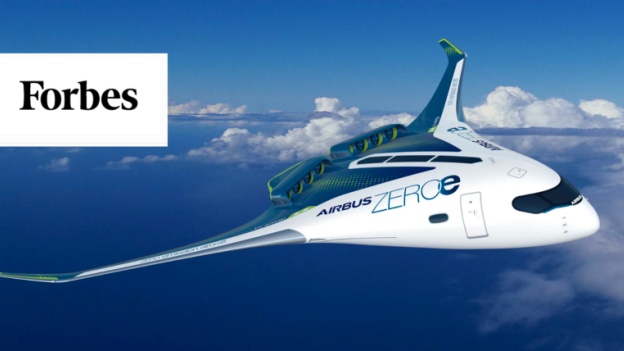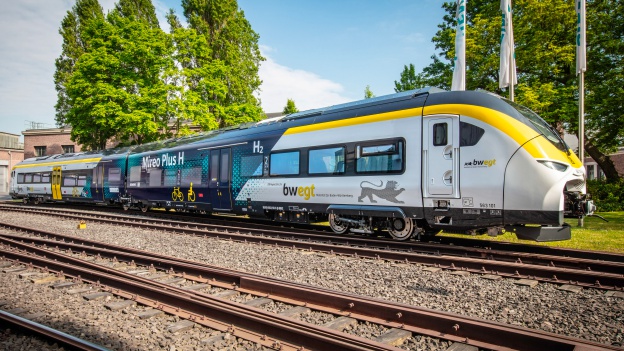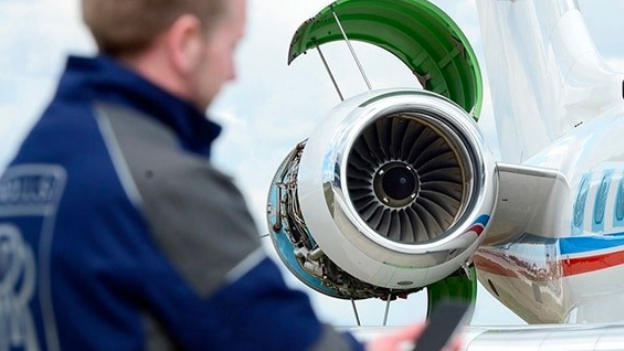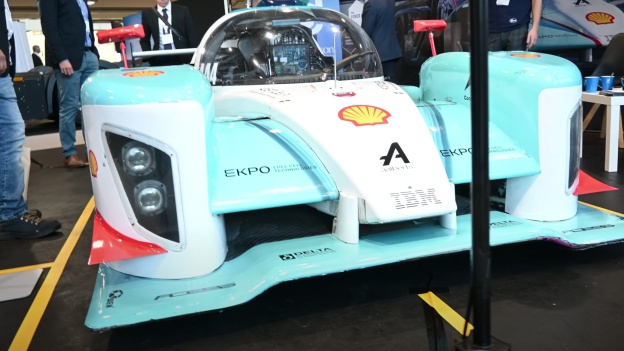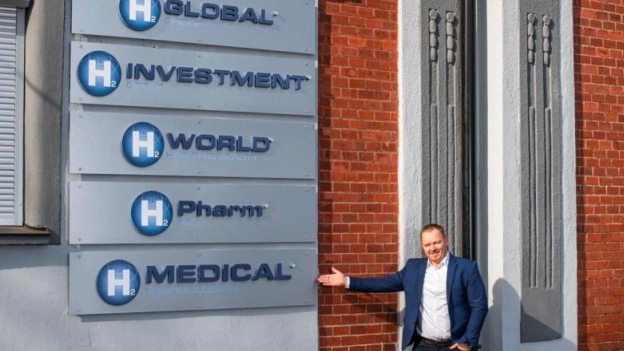The Kopřivnice-based Tatra Trucks has a long, illustrious history - it is the second oldest truck manufacturer in the world (the first truck was produced by Benz just two years earlier). But Tatra is now also working hard on its future. Among other things, it plans to present a prototype heavy-duty truck with fuel cell and electric drive to the public as early as the end of 2023.
This car is meant to be a real "workhorse" on rough terrain. The full load capacity is up to 45 tonnes. It is built on the Tatra Force chassis, in a special version designed for the construction or mining industry, so that the carmaker can test this 'hydrogen Tatra' in the most difficult terrain conditions. The vehicle will be built in an interesting configuration with one front and three rear axles, with the latter not only steerable but also liftable.
In connection with the development of the prototype, we asked Ing. Radomír Smolka, Director of Research and Development at Tatra Trucks, for a short interview.
Tatra Automobilka is part of a consortium of academic institutions and companies working under the leadership of ÚJV Řež to develop a heavy commercial vehicle using hydrogen cell energy. Mr. Director, can you please tell us what were the main reasons why you decided to develop a hydrogen truck?
We are all aware of the current pressure to reduce carbon dioxide emissions, and not only in Europe. There is an increasing pressure to phase out fossil fuel engines. The automotive industry is therefore in a somewhat similar situation to that at the beginning of the last century. Back then, different types of propulsion were competing and, for a transitional period, coexisting: the electric motor, the internal combustion engine and the steam engine, with the internal combustion engine winning outright. Even today, there are many alternatives to address the requirements for "emission-free" operation, and in my opinion this decade will already show the most correct direction.
And why, in the case of the Tatra, did we choose hydrogen, or a vehicle with an electric motor powered by hydrogen cells? Because Tatra also serves users who are figuratively outside civilisation and it is unrealistic for them to have an infrastructure of electric fast chargers. So our vehicles have to take their "power plant" with them. In the case of a heavy-duty off-road truck, the hydrogen cell therefore also offers a longer range, regardless of whether it acts as the primary source of electricity for the traction motor (which is the case with our prototype) or as a so-called "range extender", extending the range of the vehicle. At the same time, however, we know that the hydrogen fuel cell is only one possible alternative to this "power plant on board".
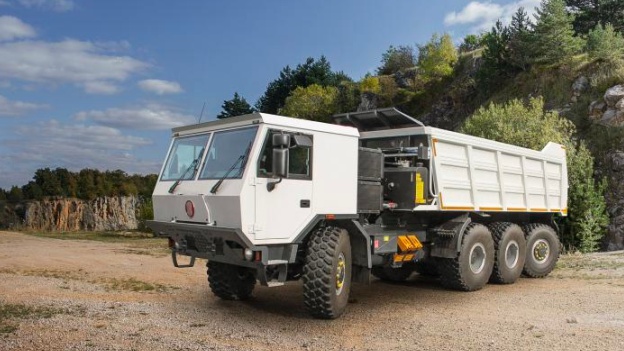
What institutions or companies are you working with on the development?
As you mentioned, the umbrella and coordinating institution of the whole project is ÚJV Řež. Another academic partner is the University of Chemistry and Technology. On the private sector side are Tatra Trucks and the development company DEVINN. The project is financially supported by the Technology Agency of the Czech Republic.
What basic technical and driving data will the prototype have? Maximum speed, maximum climbing angle, range...?
Our ambition is for the prototype to achieve, give or take, the same parameters as a vehicle with a conventional drive. So its top speed will be 85 km/h, and we have not compromised on the off-road capability requirements of the vehicle's climbability. This has led us, among other things, to the fact that the vehicle will have a multi-speed gearbox.
In terms of range, this should also be at the level of a standard construction vehicle, i.e. 400 to 500 km. For this purpose, the vehicle will be equipped with pressurised cylinders for up to 30 kg of hydrogen, which will also be supplemented by a traction battery with a nominal capacity of 171 kWh, covering even peak power requirements. The parameter where the fuel cell and electric drive vehicle loses out is, as with its competitors, its own weight, which is so far higher than that of a conventional tipper thanks to the technology used.
Thank you for the interview.
Pictures: Tatra Trucks












